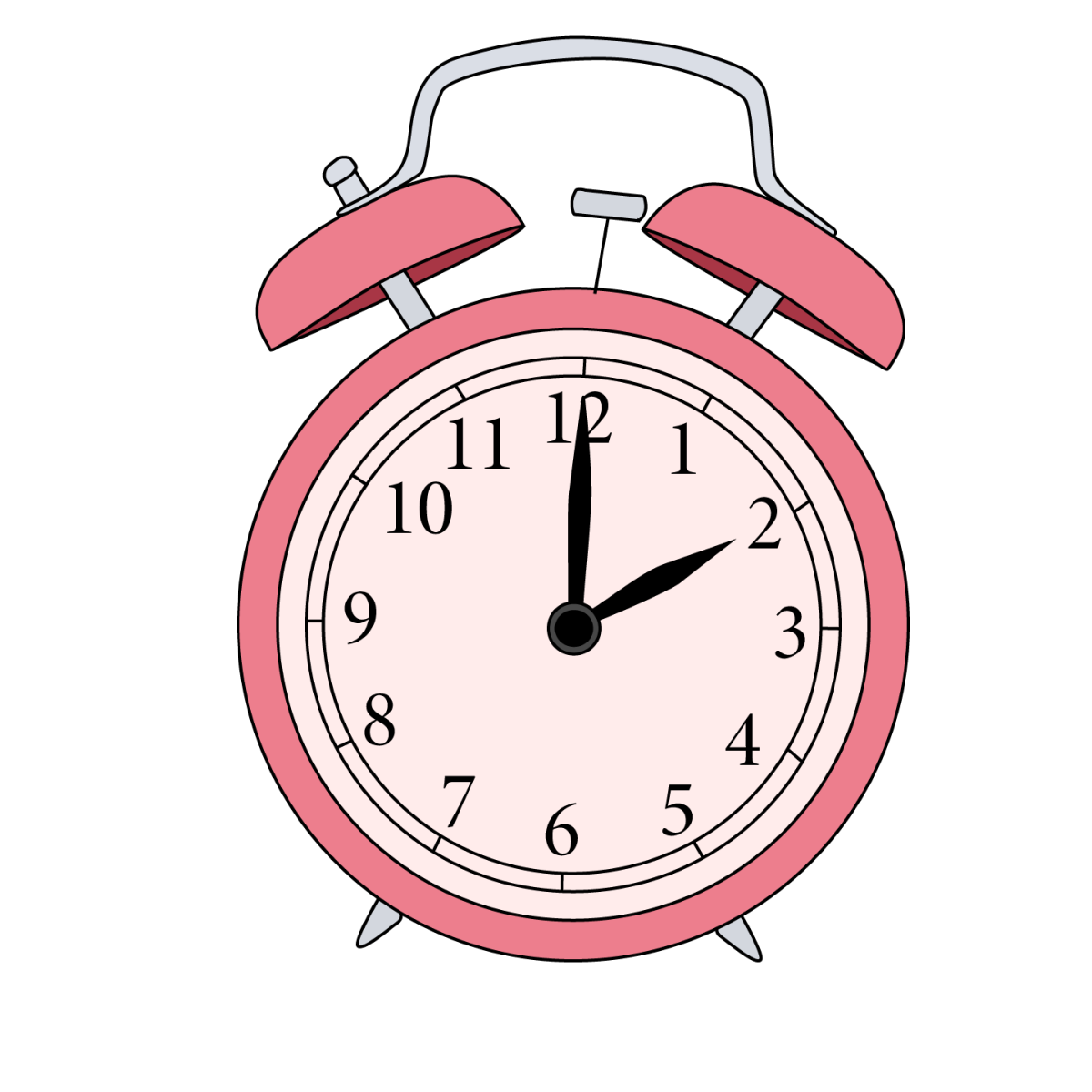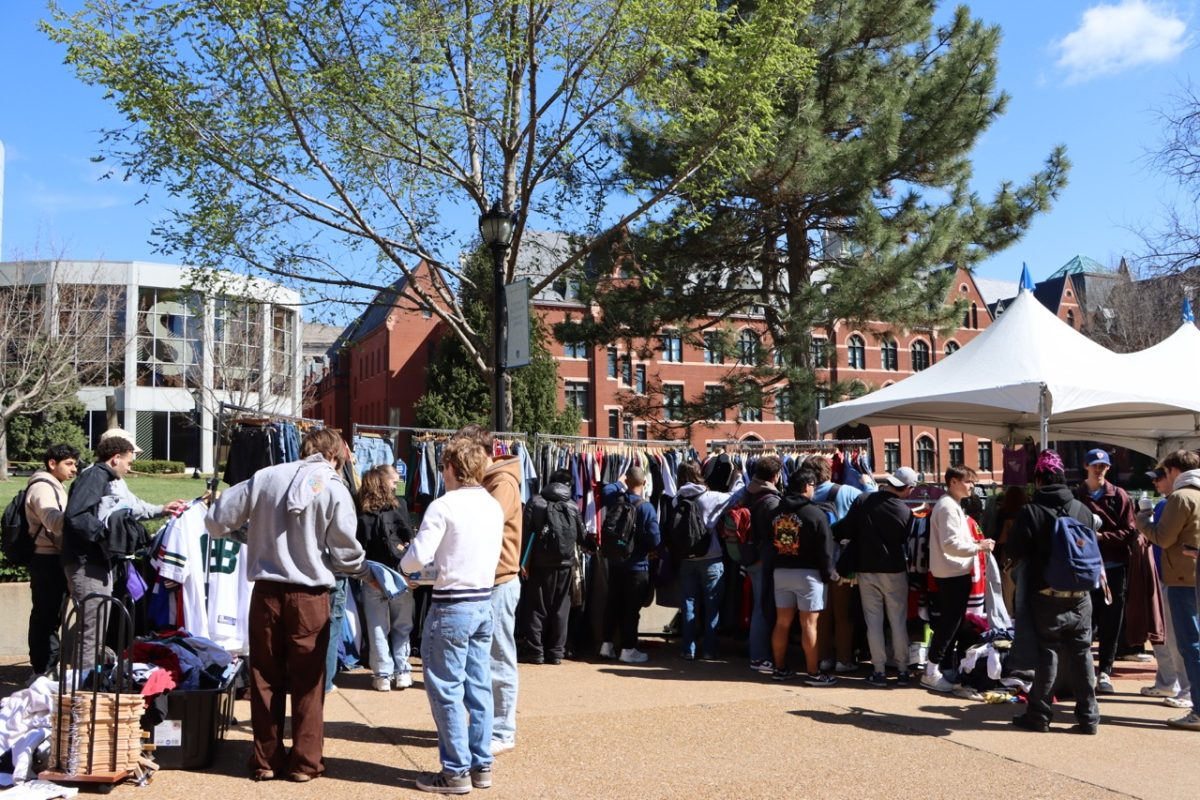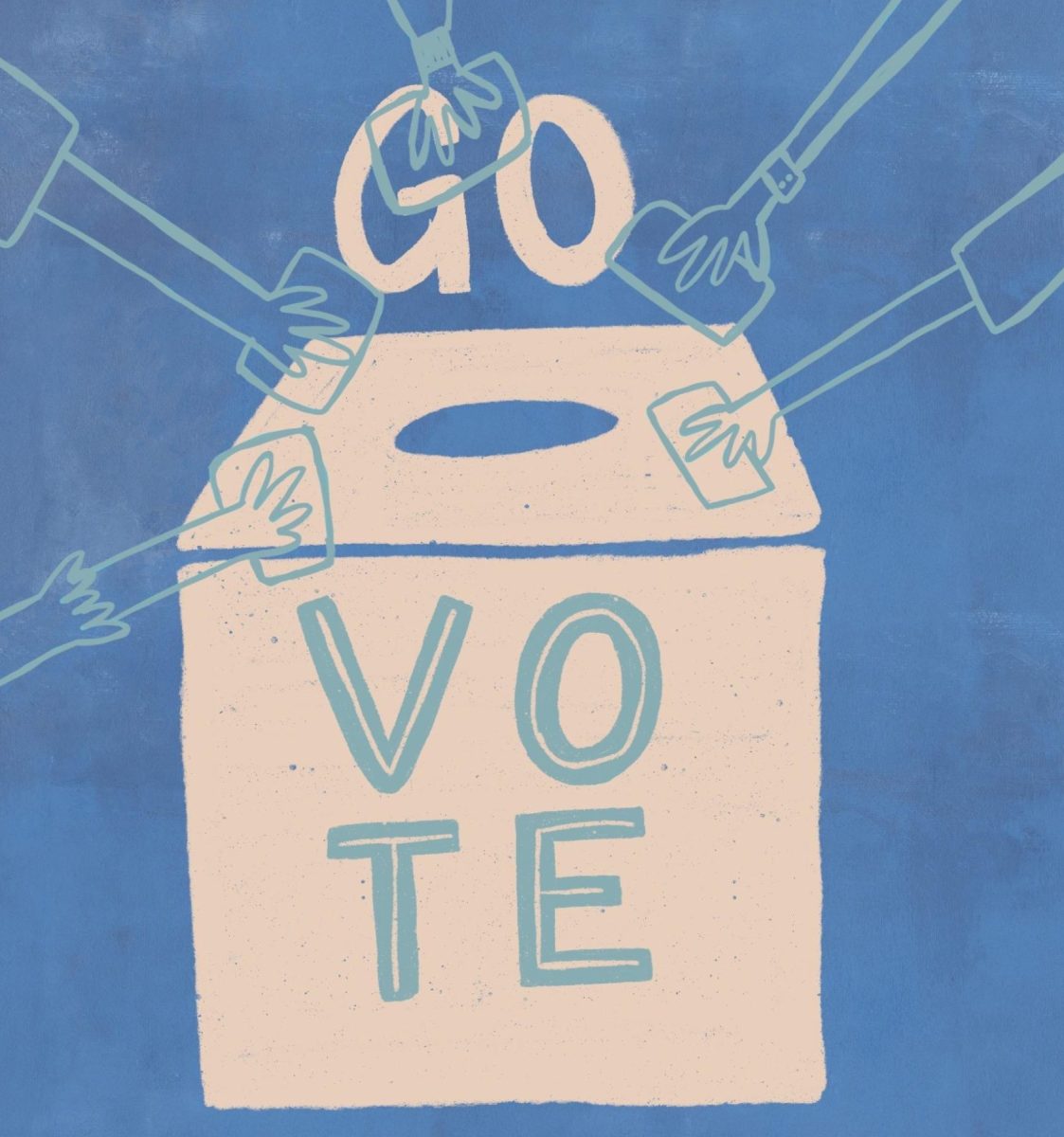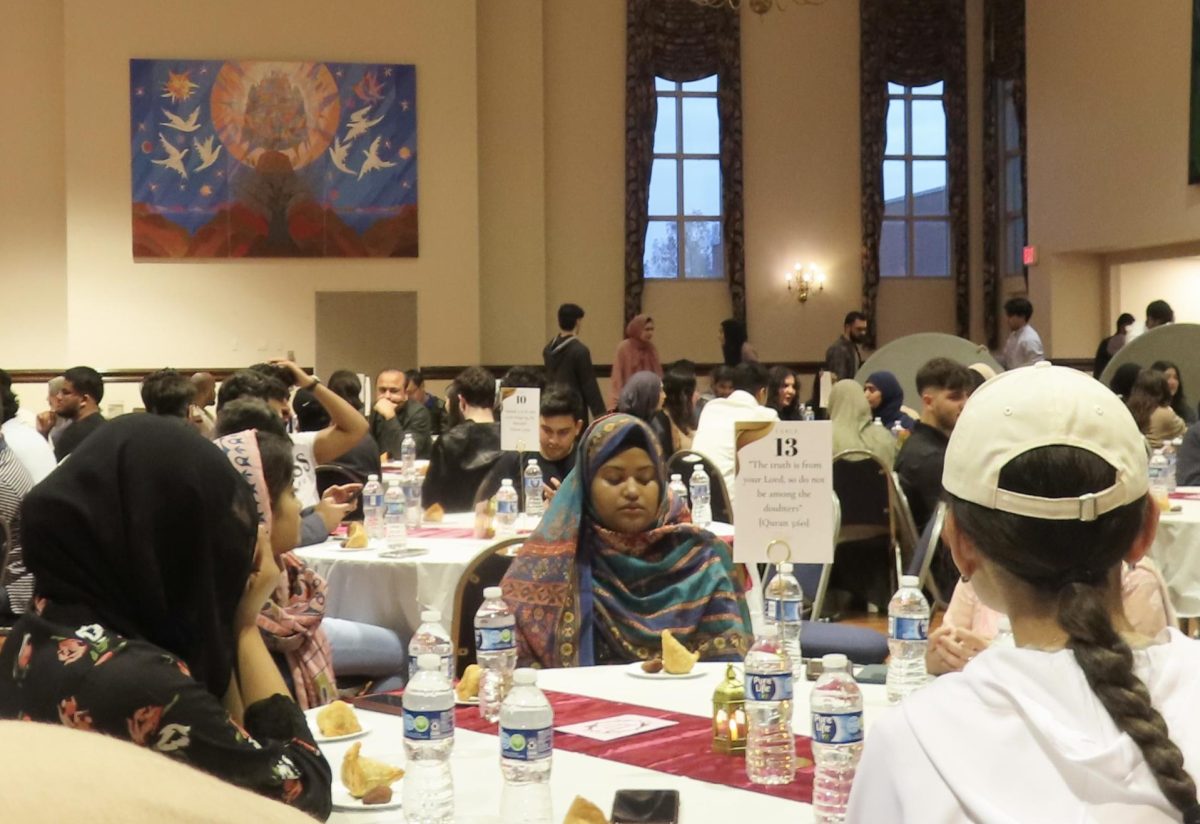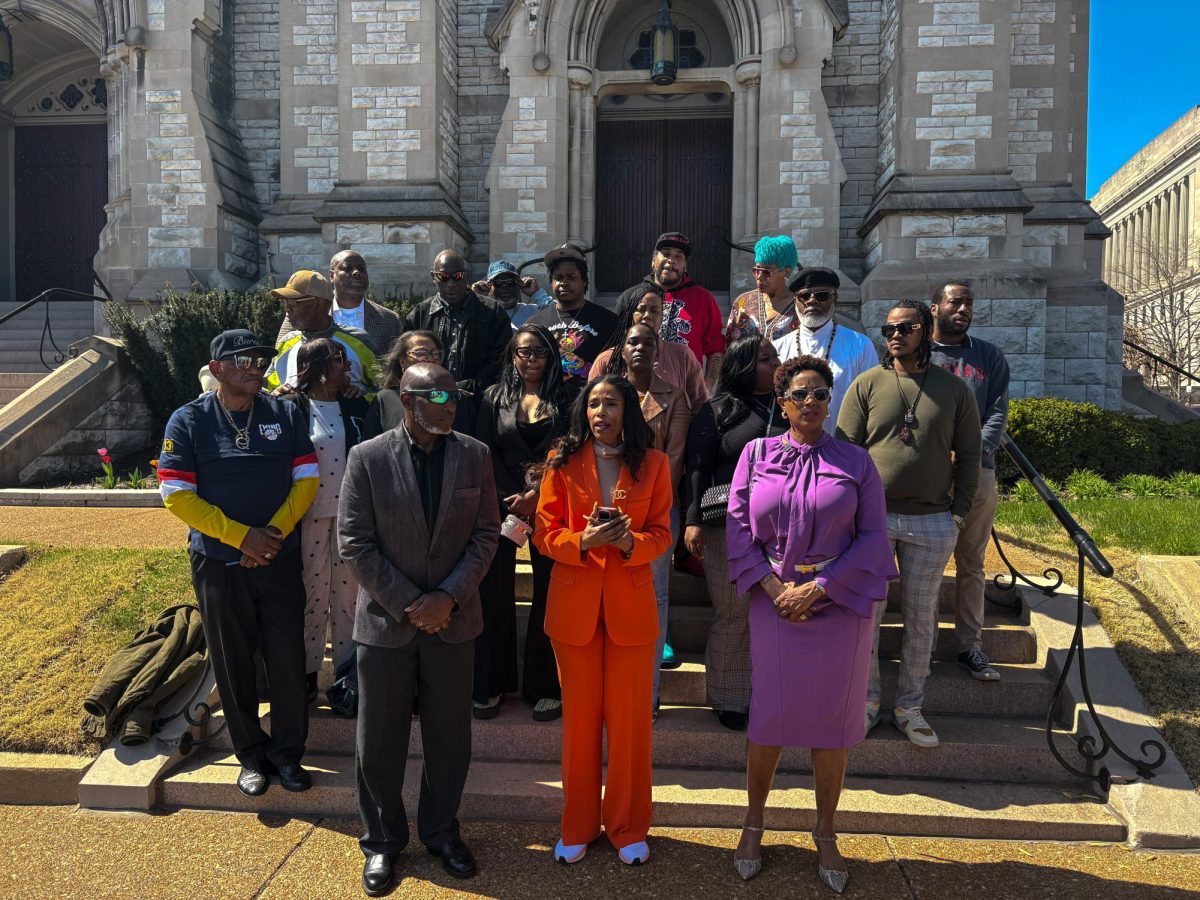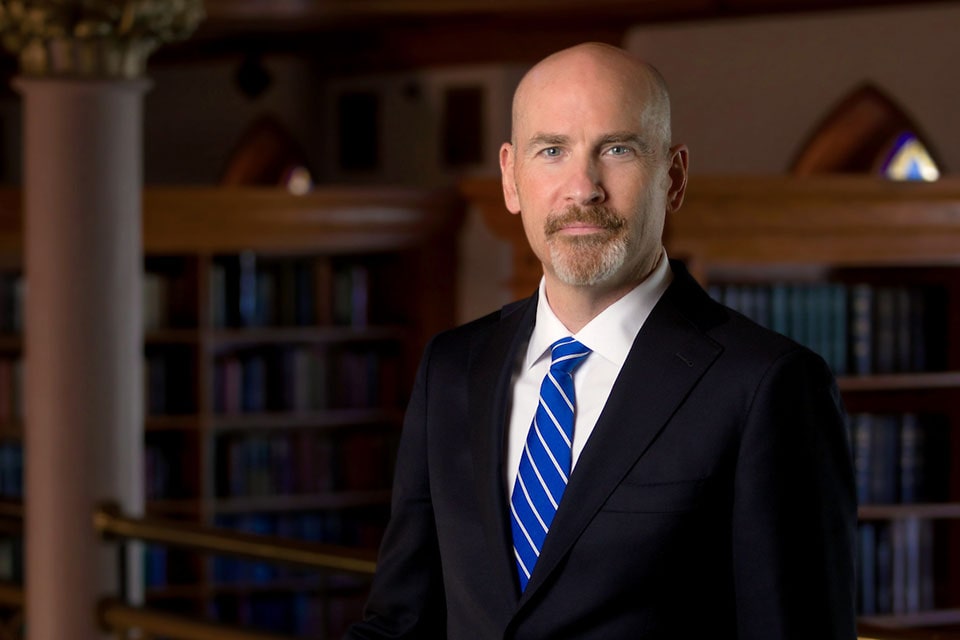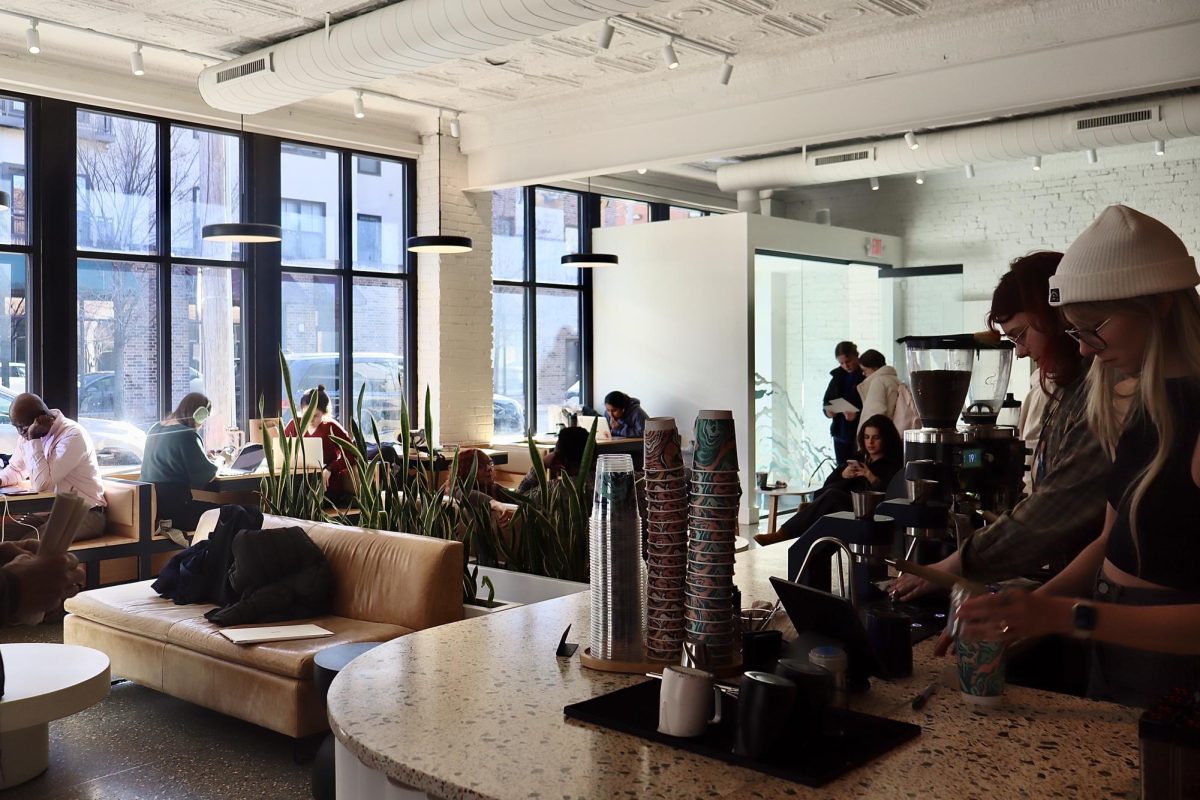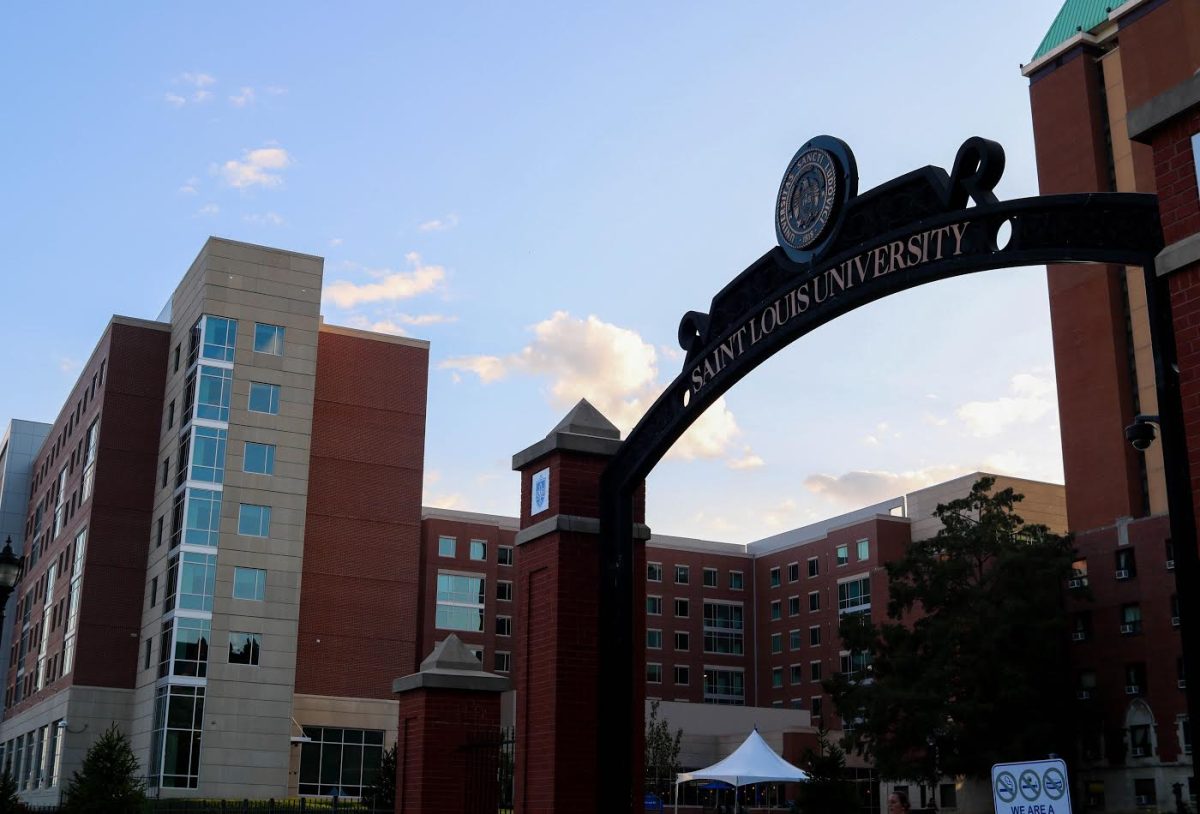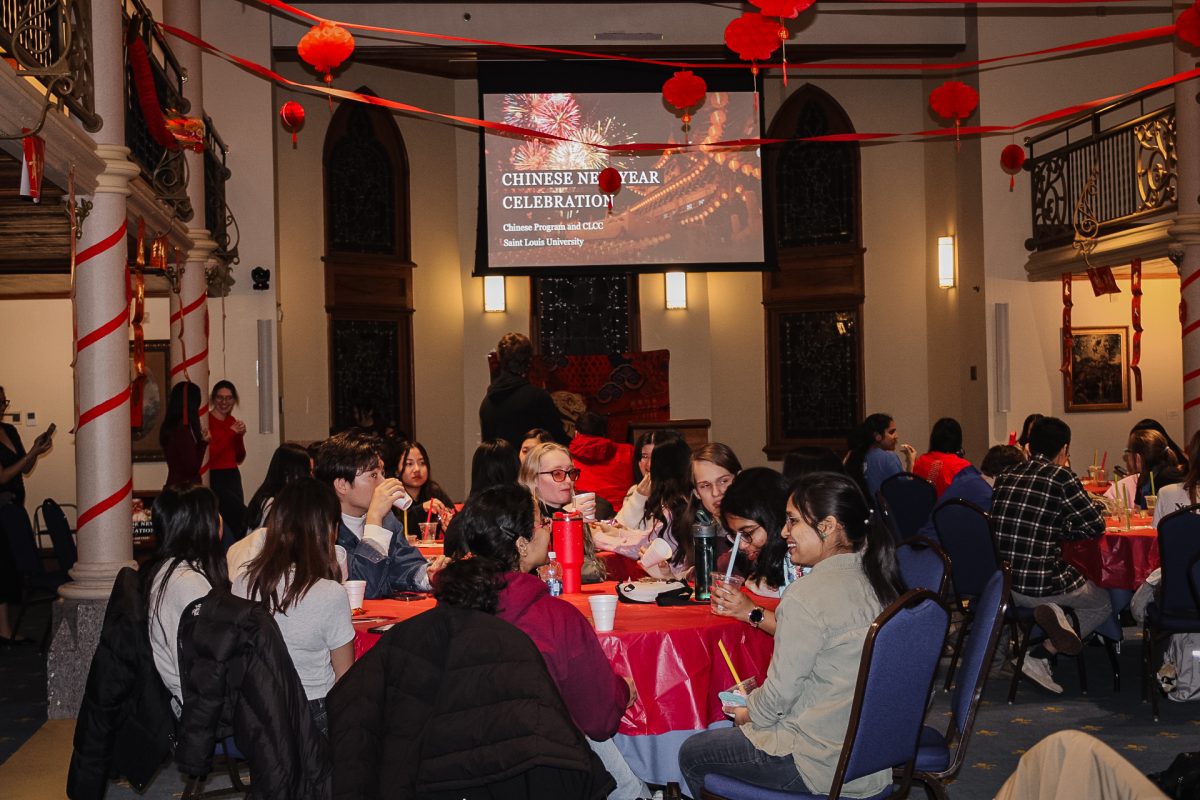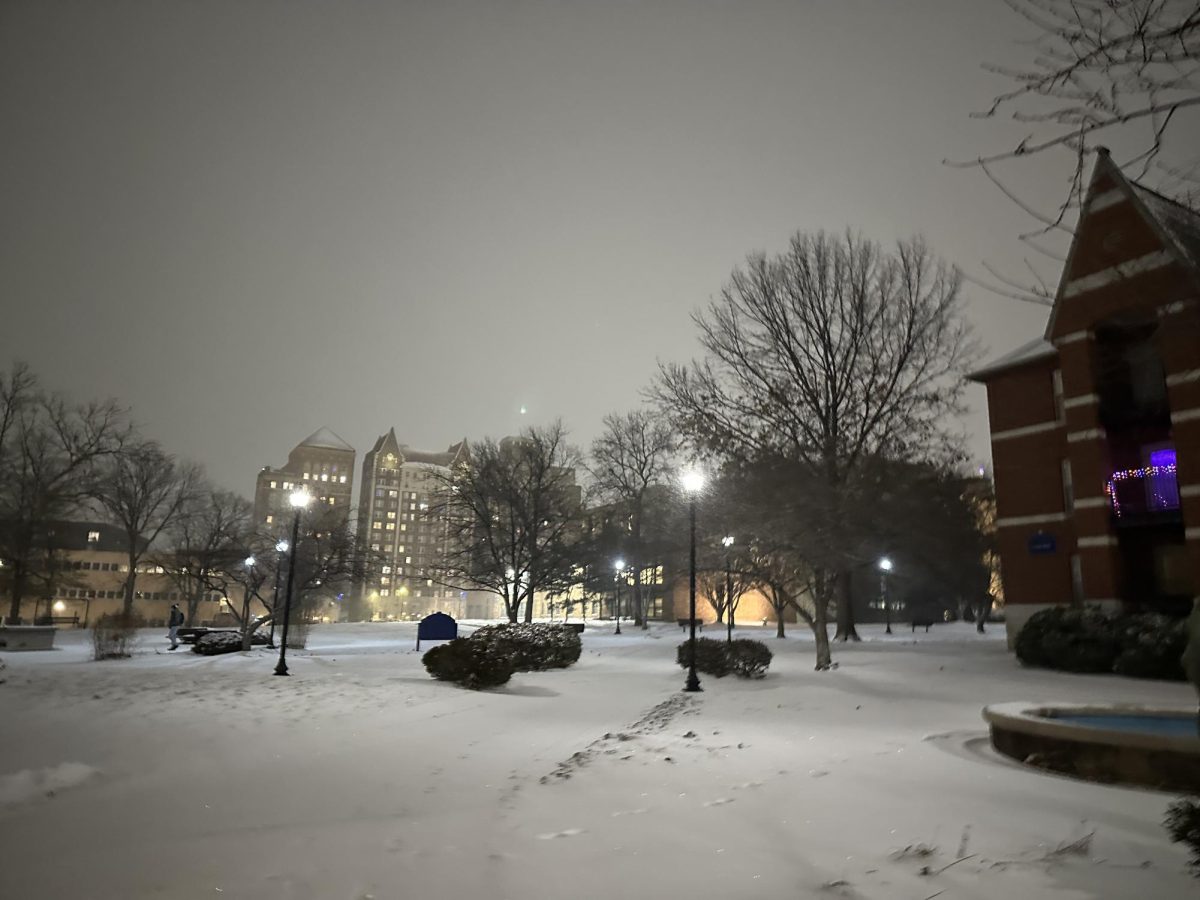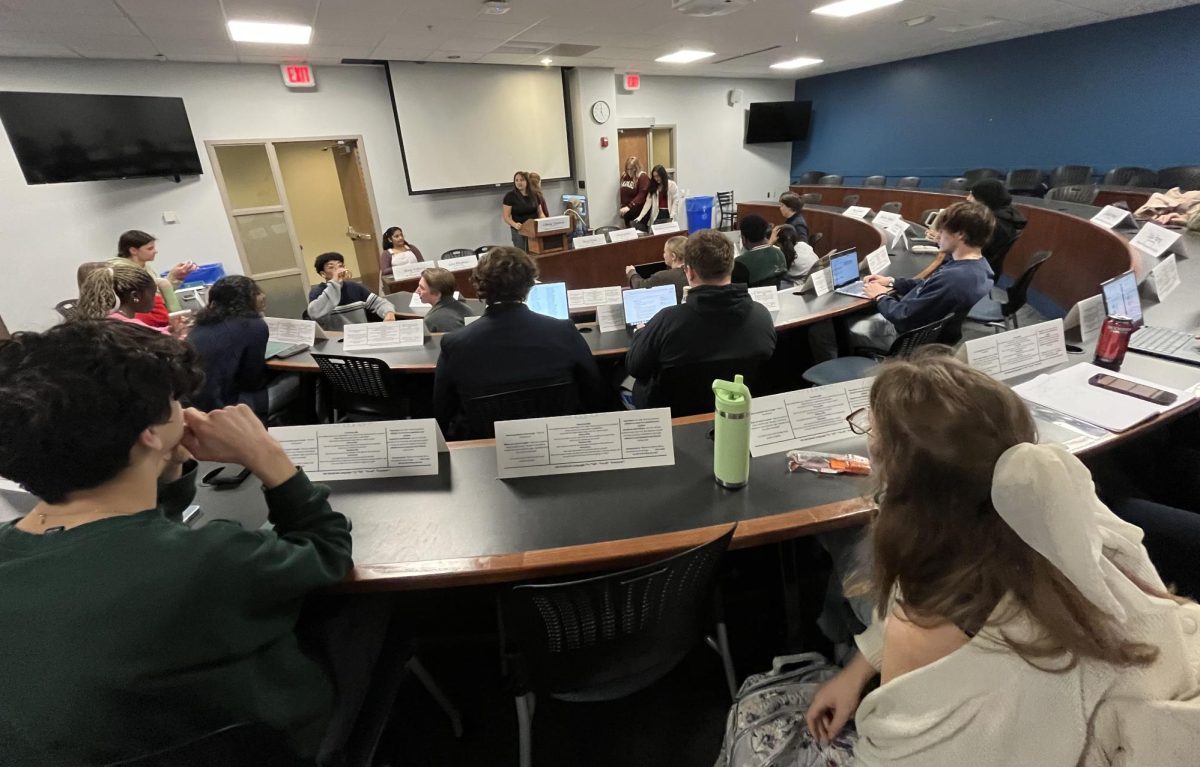A vast majority of Missouri voters want to end the current daylight savings time system, according to a new poll from YouGov and Saint Louis University.
The February poll found that 78% of likely Missouri voters would either want daylight savings time or standard time to be the year-round standard, with only 16% of Missouri voters wanting to maintain the current system where we switch between the two twice a year.
“The overwhelming consensus is that we just do not want to change our clocks,” said Steven Rogers, Ph.D., SLU/YouGov Poll Director and associate professor of political science at Saint Louis University. “47% of voters said they wanted daylight savings time all year-round, so they wanted that extra light in the evening, and then 31% indicated they wanted standard time all year-round, so a little bit more light in the morning.”
This poll comes roughly two years after the Sunshine Protection Act unanimously passed the U.S. Senate in March 2022, which would have made daylight savings time permanent year-round. But no action was taken in the House of Representatives. U.S. Senator Marco Rubio (R-FL) and U.S. Representative Vern Buchanan (R-FL) re-introduced the bill in March 2023, but it has been stuck in committee since.
SLU senior Aidan Reyes laments his displeasure with the current system.
“I feel as if daylight savings is somewhat pointless,” Reyes said. “It will get dark way too early in the fall. This makes doing things outside difficult since it is pitch black by 5:30. I would rather have a standard time be permanent all year-round, so we wouldn’t have to deal with changing clocks or worrying about the sun going down at five [o’clock].”
The attitudes of Missouri voters on this subject are mostly congruent with the rest of the United States. A national poll by YouGov and CBS News found that 46% of voters across the country wanted to have daylight savings time be permanent and 33% wanted standard time to be permanent, with only 21% of people nationwide wanting to keep the current system.
“I personally dislike the time changes as they are a slight nuisance to deal with and get accustomed to,” said SLU senior Dani Manganello. “I understand why some people and some places need or appreciate the changes. I would prefer if we just stuck to one standard time.”
This sentiment is felt among voters in both parties, with no major differences across social group or political affiliation.
“This is probably a rare bipartisan issue in the state of Missouri,” Rogers said. “74% of each Democrat, Republican and Independent voters all are in favor of like ‘let’s just pick a lane and go with it.’ High-income voters are slightly more preferable to kind of switching than others; compared to conservatives, liberals want to switch a little less, but none of these kind of differences I would necessarily run home with and say ‘Oh my God there’s a very big difference happening.’”
Part of why daylight savings time is so unpopular is that it interferes with our routines and circadian rhythms by forcing our body to adjust to a system that is an hour off what it is used to. “I don’t believe I have a preference between the two times,” Manganello said. “Both feel ‘off’ to me for a while, and I eventually feel more used to them.”
The current system of daylight savings was first invented to reduce energy usage by giving people more sunlight in the evening so they did not need to use electricity.
The United States had temporarily switched to having daylight savings time be the year-round standard during the energy crisis in the 1970s, but the law was reversed following a large decrease in public support. Now, we have daylight savings so people have more time in the sun when they get off of work.
“If we made a switch like in the 1970s, I suspect the reaction would be the same,” Rogers said. “People would want to switch back to springing forward and falling back. However, much has changed in the last 50 years, and people’s everyday lives may be less dependent on daylight.”




